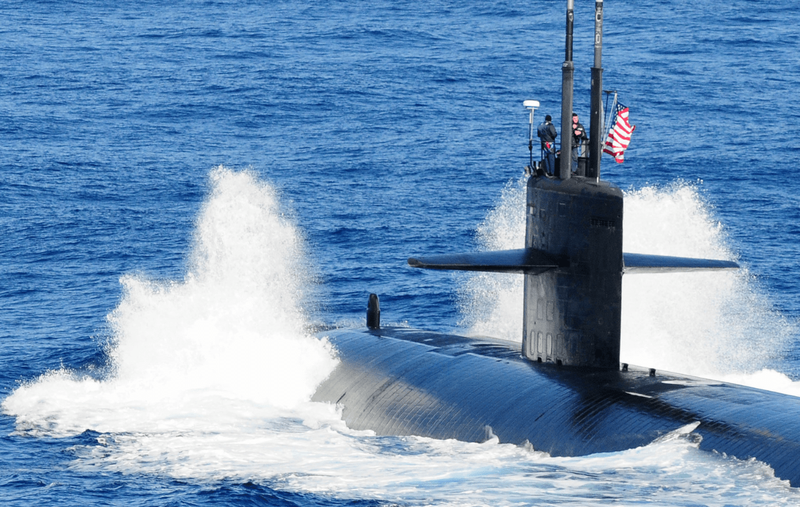
China Accelerates Nuclear Submarine Tech Race, Mimicking U.S. Electric-Powered Columbia-Class Subs
As the U.S. Navy pioneers the future of undersea warfare with its Columbia-class nuclear-powered submarines, China is racing to catch up by mimicking key features of this next-generation design. While America’s Columbia-class submarines are set to redefine naval dominance with their electric propulsion and stealth capabilities, Beijing appears determined to close the gap—raising alarms about an intensifying arms race beneath the waves.
The Columbia-class submarines are equipped with the cutting-edge S-1B nuclear reactor and a full electric propulsion system. This design eliminates the mechanical drive shafts used in older models and instead powers electric motors with nuclear-generated electricity. The result is a significant reduction in onboard noise and vibration, making these submarines far harder to detect. In addition, the integrated power system supports advanced onboard technologies such as missile defense platforms, high-powered radar, and long-range sensors.
These innovations not only extend U.S. capabilities in stealth and endurance but also secure the country’s leadership in naval deterrence. However, China is reportedly working on comparable systems for its own fleet. Its 041-class submarines are already experimenting with low-temperature nuclear auxiliary reactors that recharge lithium batteries—bringing them closer to the electric submarine model. Though not fully nuclear-powered, these platforms represent a clear shift in China’s naval ambitions.
This development raises concerns about China's ability to replicate U.S. defense technologies through cyber theft, espionage, or aggressive R&D. While the 041-class submarines are still limited in range and speed compared to true nuclear subs, they are quieter, cheaper, and easier to deploy for surveillance and asymmetric warfare—especially in contested regions like the South China Sea or near Taiwan.
The threat goes beyond military parity. As China works to expand this technology to newer platforms such as the 095-class submarines, the balance of power in the Indo-Pacific could shift rapidly. Beijing’s ability to project force further from its shores—without being detected—poses a growing risk to U.S. fleets, regional allies, and global trade routes.
This is not just a technological rivalry—it’s a strategic race that affects American security, economic interests, and geopolitical stability. With China’s navy already the world’s largest by ship count, and its nuclear submarine force growing, the U.S. must remain vigilant.
America’s advantage lies not only in superior engineering but in maintaining strict security around sensitive technologies. As China continues its military build-up, including efforts to copy electric-propulsion innovations, it’s vital that Washington reinforces export controls, intelligence protections, and international defense partnerships.
The U.S. pioneered this leap forward in silent, next-gen nuclear submarines. The question now is whether it can stay ahead—and ensure that China doesn’t turn American innovation into a threat against America itself.